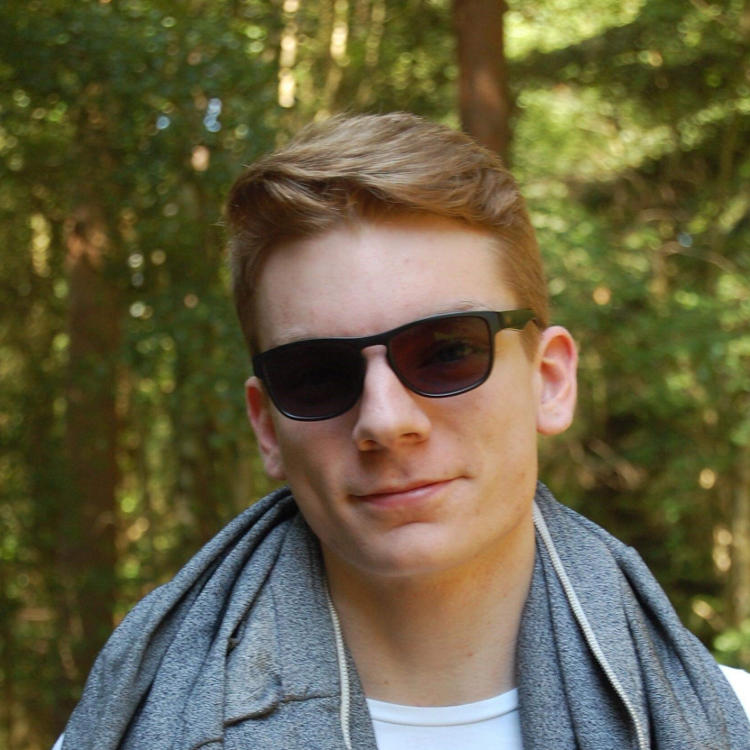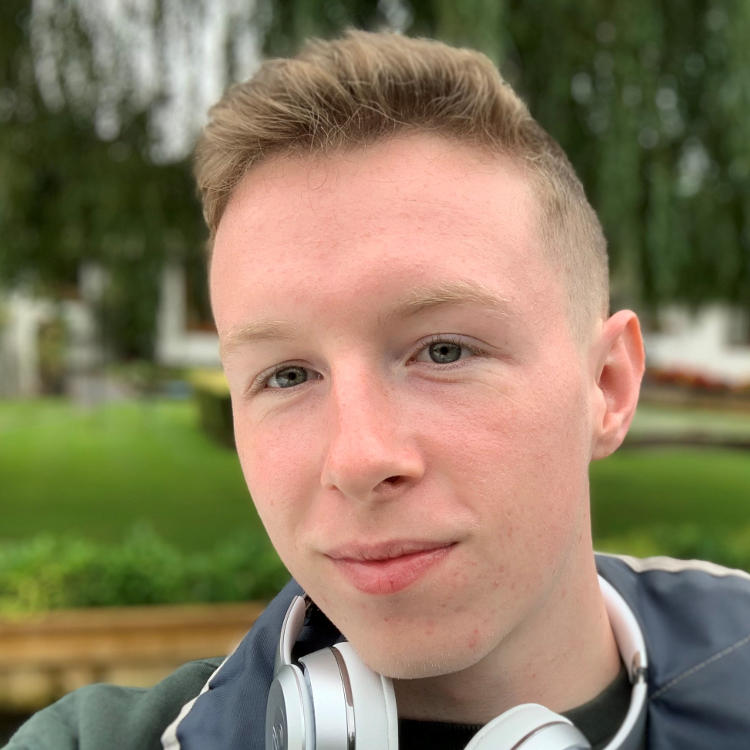Ryan
Networks Apprentice, Secure Platforms, BT
Key qualifications: Maths, Physics and Electronics A Levels, working towards a BSc in Digital & Technology Solutions (Network Engineering).
What does your job involve? I am currently working in the Secure Platforms Delivery team coordinating the investigation and fixes of security issues found on our systems. It's giving me a great insight into the different methods cyber-attacks can make use of.
How did you get into your current role? When I was doing my A Levels I was pretty sure that I would be off to University somewhere across the country, but then I attended an open evening for BT Apprenticeships and I was hooked. I applied and got the job and have since had a chance to spend time in 5 different teams doing 5 very different things!
What did you want to be when you were younger? I went through many different phases... I started off wanting to be a farmer, then a forklift driver, then a paramedic or policeman. But, as soon as I was old enough to use and understand computers, I knew I wanted to work with them and have never looked back!
What do you do outside work? I love designing and building electronic circuits such as a set of LED lights that can be controlled via voice assistants and a little screen that displays the UK Covid statistics. I also enjoy cooking, walking, watching films and playing video games!













